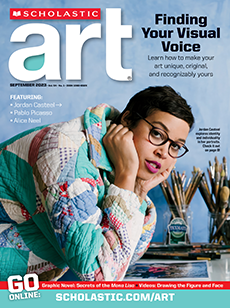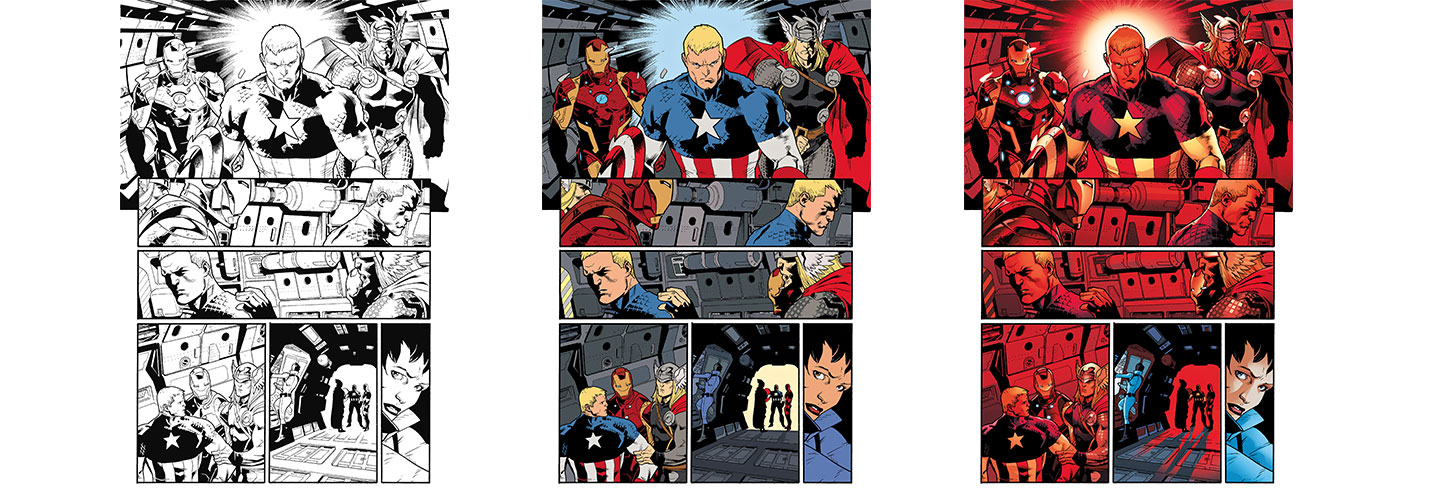LAURA MARTIN: I am a comic book colorist. I create mood, depth, and focus using color. Other jobs in comics are: writer, penciler, inker, and letterer.
Salary:
Comic book colorists are usually freelancers. First year colorists earn an average of $75 per page, depending on location, project, and experience.
Education:
Most comic book colorists have a bachelor’s degree in the liberal arts, painting, drawing, or graphic design.
Getting Started:
Read comics! Pay attention to how the colors affect the story.
Color! Practice using color theory to set a mood.
Go digital! Become a pro at using Photoshop.

